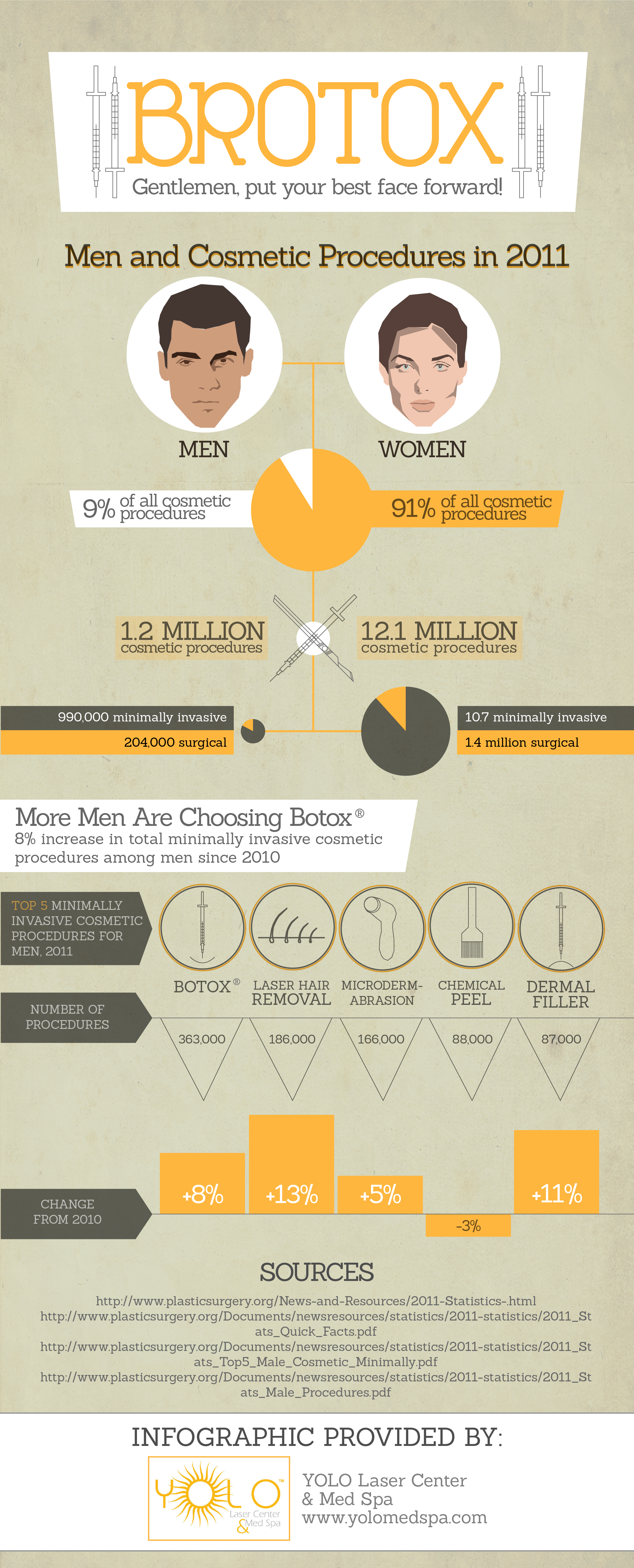How To Treat Back Acne Bacne
How To Treat Back Acne Bacne
Blog Article
Light Therapy For Adolescent Acne
Eight in 10 young adults get acne and the problem can have enduring ramifications. Yet prescription treatments like benzoyl peroxide, anti-biotics and the contraceptive pill can have undesirable adverse effects.
Light treatment is a secure, efficient option. And now LED light devices are available for home use. They make use of blue and traffic signal to eliminate microorganisms, relieve the skin and assistance avoid future outbreaks.
Acne-fighting wavelengths
Light treatment for acne is a drug-free, noninvasive therapy that has been scientifically shown to control acne without prescription drugs or rough chemicals. It additionally helps in reducing acnes and minimize scarring.
The light in the blue wavelengths strikes the acne creating germs, Propionibacterium acnes, that live deep in the skin. This kills the bacteria and lowers the quantity of oil that is created, aiding to remove acne breakouts. Blue light has been revealed to be reliable alone or in combination with photosensitizing agents like aminolevulinic acid (ALA) hydrochloride, which decreases both oil gland dimension and acne germs count.
In some studies, LED therapies have been shown to boost 76-90% of light to moderate inflammatory acne lesions (papular, pustular & cystic). The red & near infrared light advertises recovery and helps remodel very early & moderate acne scars. On top of that, it boosts the appearance of red macules and uneven coloring connected with inflammatory acne. This acne light treatment is secure for any ages and skin types.
Traffic signal
Traffic signal therapy supplies wavelengths of all-natural sunlight-- minus the skin-damaging UV rays-- to the skin. This light boosts collagen manufacturing, reduces great lines and wrinkles, and boosts blood circulation to the skin's surface area. This helps advertise healing of blemishes, specifically those triggered by acne scarring. It also stabilizes sebum production to stop oil build-up.
Kibildis says light treatment can be made use of 4 to seven times a week for 20 minutes. It's important to adhere to the directions for your particular device. She includes that a well-kept skincare routine, consisting of mild cleansing and hydrating with a microneedling near me noncomedogenic cream, will help maintain the results of your light treatment.
Chapas notes that blue and red light therapies work with inflammatory acne, which is the kind related to irritated pustules and cysts. It doesn't assist with hormonal or comedonal (clogged-pore) acne. In addition, it's not recommended for those with a clinical problem that makes them conscious light or those taking medicines that can trigger light sensitivity.
Blue light
Acne develops when oil, dust, and dead skin cells obstruct pores. Germs called Propionibacterium acnes then grow in those clogged pores and create them to swell. These swellings are called acnes. Light therapy has been shown to eliminate germs and clean up blemishes.
It has additionally been discovered to diminish oil glands and reduce the amount of pore-clogging oil your body generates. Both red and blue light therapies have been shown to be reliable for light to moderate acne.
Prior to therapy, you might be given medicine that makes your skin more sensitive to the light This medicine is called a photosensitizer and it's used with a kind of light therapy referred to as photodynamic therapy (PDT). PDT has been shown to be a lot more efficient than light alone for the therapy of acne. It can also remove serious instances of acne. Nonetheless, you'll require a lot of treatment sessions to see results. Likewise, you'll need to stay clear of retinols and other products that thin your skin prior to and after therapy.
Thumbs-up.
If you're experiencing the less-common kinds of acne-- like blackheads and whiteheads, or bigger pores or dilated veins-- thumbs-up might aid. It targets and destroys bacteria that can trigger inflammation, and it also calms skin to prevent future breakouts.
There are LED lights you can buy at home that provide either red or blue wavelengths, although they're typically less powerful than what you 'd get at a doctor's office. But a few years ago, a company that began in the red-light room (PlatinumLED) shocked everybody when they introduced they 'd be adding blue-light alternatives to their tools. That implies you can do a light-facial combination in the house. It's a terrific alternative for anyone who wishes to attempt light therapy, but does not intend to dedicate to the greater costs and longer treatment times of a specialist session.